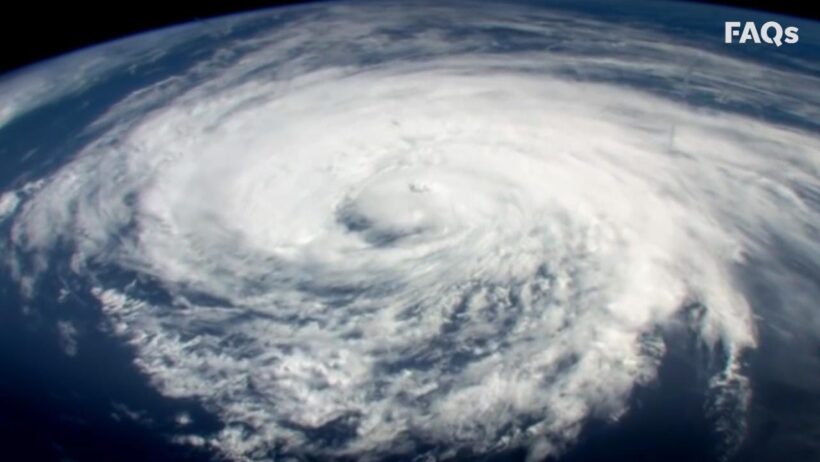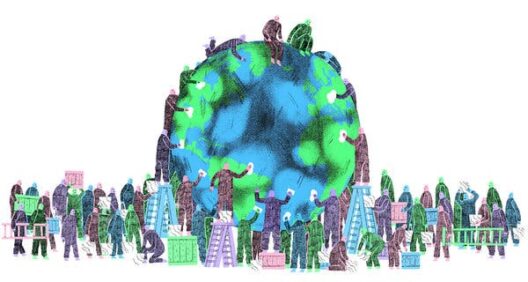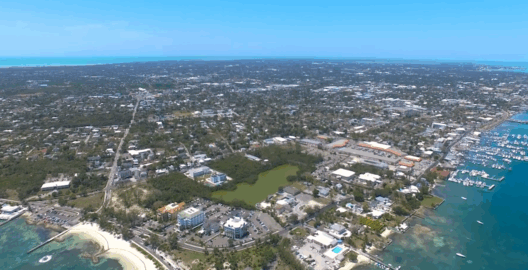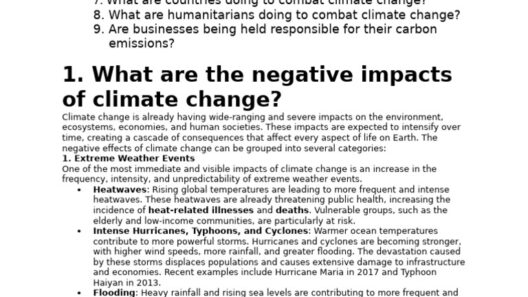The impact of global warming on our climate system is profound and alarming, particularly when it comes to the intensity and frequency of hurricanes. The phenomenon often referred to as the “Hurricane Engine,” can be attributed to the escalating temperatures that warm the oceans and lower the atmospheric pressure. But what if we consider a playful question in this dire context? What if hurricanes could be likened to vehicles driven by an insatiable engine fueled by climate change? How can we challenge this engine, which threatens coastal communities and ecosystems alike?
The mechanics of hurricanes are intricate, relying on a delicate balance of atmospheric and oceanic conditions. They are formed over warm ocean waters, where the heat evaporates, adding moisture to the atmosphere. This process is a crucial first step. The warm, moist air rises, creating physical conditions that lead to a drop in atmospheric pressure. As air rushes in to fill this vacuum, it spins due to the Coriolis effect, forming the spinning system we identify as a hurricane.
This foundational understanding is crucial, as climate change acts as a supercharger in this already complex system. According to scientific research, the average global sea surface temperature has risen by approximately 1.2 degrees Celsius since the late 19th century. Warmer seas provide more energy for hurricanes, enabling them to scale up in intensity rapidly. As they gather strength, they not only become more dangerous but also engender longer durations of formidable winds and torrential rainfall.
One essential factor contributing to stronger storms is the increase in moisture in the atmosphere. For every degree Celsius of warming, the atmosphere can hold about 7% more moisture. This results in more intense rainfall events when hurricanes approach land. Consider the critical implications of this fact: regions that might have previously accepted hurricane rainfall as manageable are now at an increased risk of flooding and inland deluge. The question we must ask ourselves is, how prepared are these regions for such unpredictable increases in rainfall?
The frequency of storms is another vital consideration. While some parts of the world may experience an increase in the number of hurricanes, others may witness a decrease. Yet, the storms that do form are predicted to be stronger. The contrasts are stark, posing challenges not only in terms of preparedness but also in social justice, as vulnerable communities often bear the brunt of inadequate infrastructure and disinvestment.
Let’s flesh out the concept of the “Hurricane Engine” further. As it operates, it creates an underlying menace — one that accelerates climate change. The energy expended by storms can lead directly to destructive beach erosion, saltwater intrusion, and loss of biodiversity in coastal ecosystems. Furthermore, sea-level rise, exacerbated by melting polar ice caps and thermal expansion of seawater, amplifies the impact of storm surges, causing greater flooding and devastation in coastal communities.
Another facet of this challenge lies in our collective response to these impending crises. Shifting to a proactive approach means more than just fortification of coastal infrastructure; it necessitates comprehensive urban planning, emission reductions, and a revaluation of our energy sources. Transitioning towards renewable energy must be at the forefront of global strategies for mitigation. However, in the face of undeniable scientific evidence, the question remains: how willing are jurisdictions to implement change that benefits not just their communities but ecosystems worldwide?
Notably, investment in community resilience also poses a fundamental challenge. There is a distinct correlation between socio-economic status and vulnerability to climate-induced disasters. Wealthier communities often possess the resources to implement defensive measures against hurricanes. Conversely, marginalized communities frequently lack adequate infrastructure and face systemic barriers that inhibit their capacity to recover post-disaster. Bridging this divide should be an imperative focus for policymakers and activists, aligning resources where they can make the most significant impact.
There is, however, a glimmer of hope amid daunting statistics and predictions. Public perception around climate change has evolved significantly, with an increasing number of individuals recognizing the urgency for action. Grassroots movements are more vocal than ever, advocating for sustainable policies and investing in research and education on the impacts of climate change. The advent of technology also offers new methodologies for studying storm behavior, leading to advancements in forecasting and response mechanisms.
Yet, to successfully you diminish the power of the Hurricane Engine, a multi-faceted approach is essential. Education plays a critical role, not just in scientific communities but within the general populace as well. For communities affected by hurricanes, having access to accurate information and resources is crucial in preparing for future events. By understanding the dynamics of storms and climate change, people can take proactive measures that contribute to their safety and resilience.
Ultimately, the future of our planet and its inhabitants rests in our collective hands. Individuals, organizations, and nations must unite in collaboration to mitigate the effects of climate change and the storms it fuels. Can we harness the willpower needed to confront this existential challenge? It is imperative to recognize that the Hurricane Engine is not merely an abstract concept — it is a pressing reality that requires immediate and coordinated action. Only through unwavering commitment, innovative solutions, and a shared sense of responsibility can we hope to challenge the forces driving stronger storms and protect our world for future generations.








